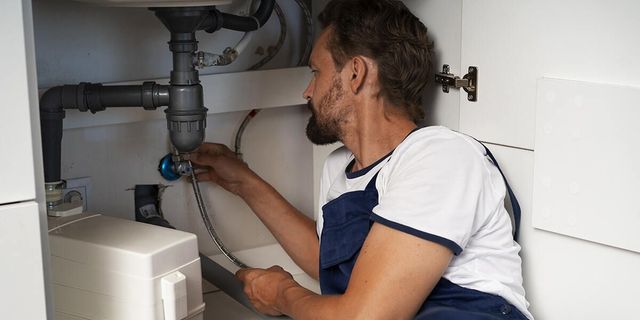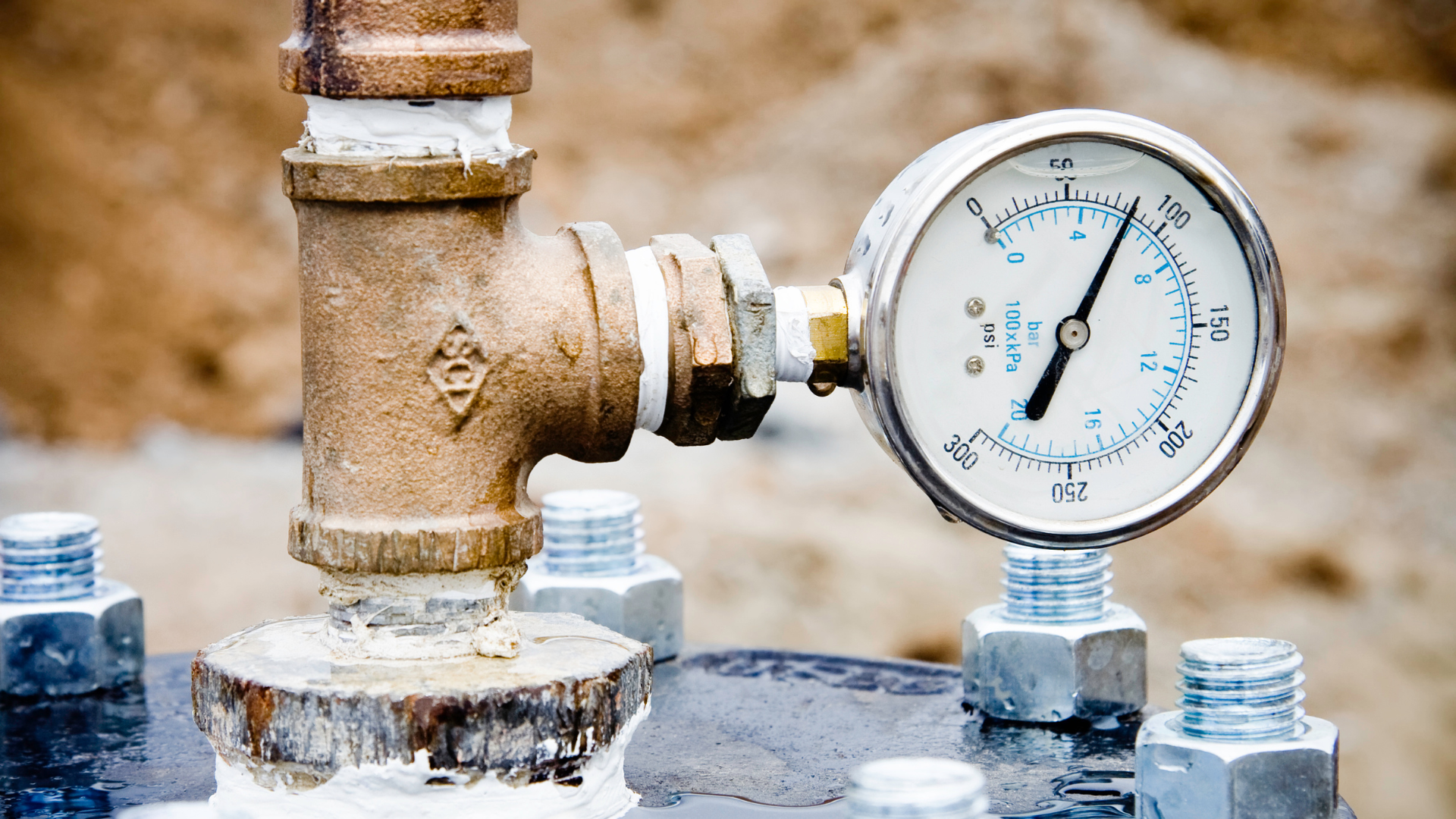Everybody maintains their unique thinking about 10 Reasons for Low Water Pressure in Your House.

Low tide stress in your home can be a discouraging trouble, influencing whatever from bathing to cleaning meals. If you're experiencing weak water flow, there are several possible reasons and remedies to discover. In this overview, we'll go over common factors for low tide pressure and practical actions to address the issue successfully.
Introduction to Low Water Stress
Low water pressure happens when the circulation of water from your faucets, showers, and various other fixtures is weaker than normal. This can make day-to-day jobs much more difficult and much less reliable. Comprehending the sources of low water stress is important to discovering the ideal remedy.
Typical Root Causes Of Low Tide Pressure
Pipeline Obstructions
Over time, pipelines can end up being obstructed with natural resource, debris, or debris, limiting the circulation of water. This is an usual issue in older homes with galvanized steel pipes.
Rust
Deterioration within pipes can lead to leaks and lowered water stress. Corrosion buildup can tighten water flow, especially in aging plumbing systems.
Faulty Stress Regulatory Authorities
Stress regulatory authorities are responsible for maintaining regular water stress in your home. If they malfunction, it can lead to low tide pressure or uneven flow throughout your house.
Municipal Water Supply Issues
Often, the issue exists outside your home. Metropolitan water supply concerns, such as main line leaks or upkeep work, can briefly decrease water stress in your location.
How to Diagnose Low Water Stress
Checking Faucets and Components
Start by testing the water stress at different taps and components throughout your home. If the problem is isolated to certain locations, it may show localized troubles.
Examining Pipes
Evaluate visible pipes for indicators of leaks, rust, or clogs. Pay attention to any type of unusual noises, such as knocking or rattling pipelines, which could show problems within the plumbing system.
Consulting with a Plumber
If you're incapable to determine the cause of low water stress, take into consideration employing an expert plumber to perform a complete assessment. They can identify underlying problems and recommend appropriate solutions.
Do It Yourself Solutions to Repair Low Water Pressure
Cleansing Aerators and Showerheads
Mineral deposits can gather in aerators and showerheads, decreasing water circulation. Remove and cleanse these components routinely to improve water pressure.
Flushing Hot Water Heater
Sediment build-up in the water heater can limit flow and decrease efficiency. Purging the tank regularly aids get rid of sediment and keep ideal efficiency.
Examining Stress Regulator
Guarantee that the stress regulatory authority is working correctly. Changing or changing the regulatory authority can aid bring back correct water stress throughout your home.
Cleaning Clogs in Piping
For small blockages, try utilizing a plumbing snake or chemical drain cleaner to clear blockages in pipelines. Be cautious when utilizing chemicals and follow safety standards.
When to Call a Specialist Plumber
If DIY efforts fall short to settle the issue or if you suspect significant plumbing problems, it's ideal to seek aid from a certified plumber. They have the proficiency and devices to deal with complicated concerns securely and efficiently.
Preventive Measures to Keep Water Stress
Normal Upkeep
Set up regular upkeep for your plumbing system to stop issues such as deterioration, leakages, and clogs. Resolving small issues early can aid prevent more significant repairs later.
Setting Up a Pressure Booster
Think about mounting a stress booster pump to improve water stress in areas with consistently reduced flow. This can be specifically advantageous for multi-story homes or homes with high-demand fixtures.
Surveillance Water Use
Be mindful of water usage routines and stay clear of overtaxing the plumbing system. Basic changes, such as incredible showers and washing loads, can help maintain adequate water stress.
Conclusion
Taking care of low tide pressure can be aggravating, yet identifying the underlying reasons and carrying out appropriate services can recover optimum circulation throughout your home. Whether it's cleaning aerators, checking pipelines, or seeking advice from a plumber, taking positive actions can guarantee a constant supply of water for your daily demands.
FOUR WAYS TO FIX LOW WATER PRESSURE NOW
Turning on a shower or faucet only to find the water comes out in a sad, slow drizzle is never a good feeling. How exactly are you supposed to wash a pan or take a quick shower when it takes 10 minutes just to rinse off a little soap? The good news is that when your water pressure is bad, there's always a cause: typically one that can be easily fixed. Here are some of the most common causes of low pressure and what you can do to fix the issue:
DEBRIS AND MINERAL DEPOSIT BUILDUPS
If you notice low water pressure from just one or two of the fixtures in your house, the problem likely has to do with debris buildup. Water is full of minerals and other debris, all of which can accumulate in your pipes and on your fixtures. This can cause a blockage that affects how much water flows through. To fix this, try filling a small plastic bag with white vinegar, and use a rubber band to hang it around your showerhead or faucet. Let the head of the fixture soak for a few hours, and the vinegar should loosen the deposits.
WATER LEAKS
Leaks are another common cause of low water pressure. If water is flowing out of your plumbing through a hole or crack before it can reach your fixture, the pressure coming out of the faucet or showerhead will be lower. A plumbing professional is your best bet for finding and repairing a leak in your water supply pipes.
Leaks are another common cause of low water pressure. If water is flowing out of your plumbing through a hole or crack before it can reach your fixture, the pressure coming out of the faucet or showerhead will be lower. A plumbing professional is your best bet for finding and repairing a leak in your water supply pipes.
FOUR WAYS TO FIX LOW WATER PRESSURE NOW
Turning on a shower or faucet only to find the water comes out in a sad, slow drizzle is never a good feeling. How exactly are you supposed to wash a pan or take a quick shower when it takes 10 minutes just to rinse off a little soap? The good news is that when your water pressure is bad, there's always a cause: typically one that can be easily fixed. Here are some of the most common causes of low pressure and what you can do to fix the issue:
DEBRIS AND MINERAL DEPOSIT BUILDUPS
If you notice low water pressure from just one or two of the fixtures in your house, the problem likely has to do with debris buildup. Water is full of minerals and other debris, all of which can accumulate in your pipes and on your fixtures. This can cause a blockage that affects how much water flows through. To fix this, try filling a small plastic bag with white vinegar, and use a rubber band to hang it around your showerhead or faucet. Let the head of the fixture soak for a few hours, and the vinegar should loosen the deposits.
WATER LEAKS
Leaks are another common cause of low water pressure. If water is flowing out of your plumbing through a hole or crack before it can reach your fixture, the pressure coming out of the faucet or showerhead will be lower. A plumbing professional is your best bet for finding and repairing a leak in your water supply pipes.
Leaks are another common cause of low water pressure. If water is flowing out of your plumbing through a hole or crack before it can reach your fixture, the pressure coming out of the faucet or showerhead will be lower. A plumbing professional is your best bet for finding and repairing a leak in your water supply pipes.
A VALVE ISSUE
If you have low water pressure throughout your home, check your main shut-off valve to make sure it's completely open. You may also want to see if there's a pressure-reducing valve installed. If there is, have a plumber help you adjust the settings to get the pressure you're looking for.
OTHERS USING WATER
Believe it or not, your low water pressure could be caused by your neighbors. If you notice low pressure at certain times of day, it may be because you and the people living next to you have similar schedules - when everyone is showering at the same time, the pressure will be lower in every home. Low pressure throughout the neighborhood may also be caused by an issue with your municipal water supply. If that's the case, call the supplier to see if they're working on the issue.
https://www.rotorooter.com/blog/water-leaking/low-water-pressure-fixes/

I am just very taken with Dealing with Low Water Pressure in Your Home and I really hope you enjoyed the new entry. Are you aware of another person who is curious about the subject? Feel free to share it. Bless you for being here. Kindly visit our website back soon.
Quote